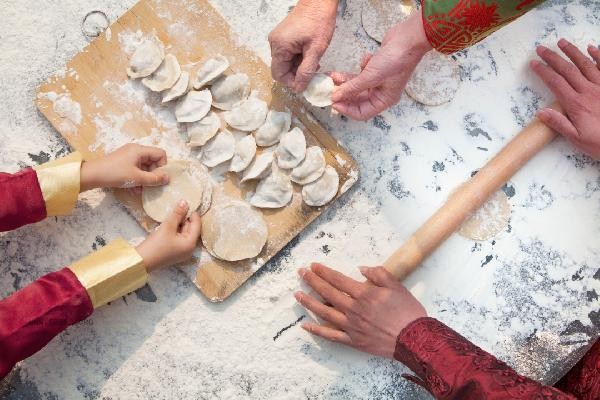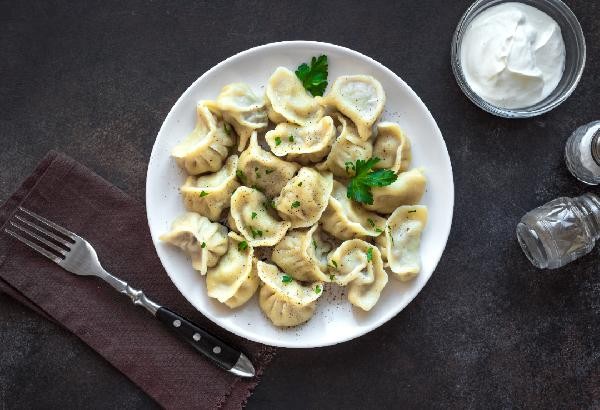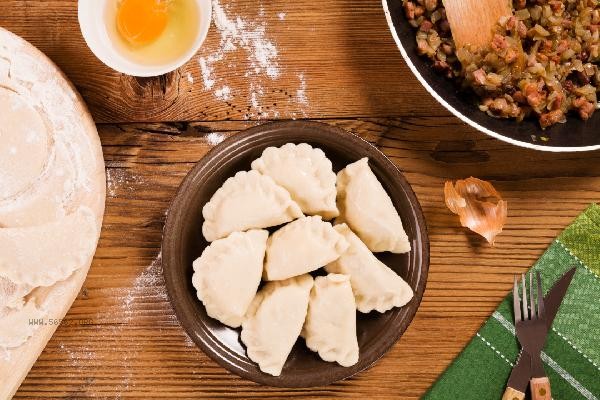The key to preventing frozen dumplings from spoiling lies in controlling the water temperature, amount, and mixing method. There are five main methods: putting cold water in the pot, boiling water in the pot, boiling water method, controlling the heat, and avoiding excessive stirring.

1. Put the frozen dumplings directly into cold water and heat them. Slowly increasing the water temperature can evenly heat the dumpling skin. This method is particularly suitable for dumplings with thin skin and many fillings. Under low temperature conditions, the skin gradually gelatinizes to form a protective layer, effectively reducing the probability of skin breakage. It should be noted that the water level should completely cover the dumplings, and during the initial heating stage, the pot can be gently shaken to prevent sticking to the bottom.
2. Boil water in a pot
The traditional method of adding dumplings after the water has completely boiled is suitable for most frozen dumplings. High temperature can quickly shape the skin, but it needs to be combined with an appropriate amount of salt to increase the boiling point of water. Immediately after cooking, use a spoon to gently push the dumplings along the edge of the pot to ensure that they do not pile up. This method requires maintaining a high fire to keep the water temperature in a state of intense boiling.
3. Point Water Method
After boiling the dumplings, add half a bowl of cold water and repeat three times to keep the water temperature in a slightly boiling state. By using temperature fluctuations to make the filling fully cooked while protecting the toughness of the dough, it is especially suitable for dumplings with meat filling. After each addition of water, it is necessary to boil briefly before continuing. This method can avoid the separation of the skin and filling caused by sustained high temperatures.
4. Control the heat

Medium heat constant temperature cooking is less likely to cause skin damage than high heat. After the water boils, adjust it to medium fire to keep the water surface slightly agitated, so that the heat can penetrate smoothly. It is recommended to use a 1200W power for the induction cooker, and the gas stove should keep the flame within the range of the pot bottom. continuously observe the state of bubbles on the water surface to avoid violent boiling and impact on the dumplings.
5. Avoid excessive stirring
After adding the pot, only gently push it in the early stage to prevent sticking to the bottom, and try to minimize flipping in the later stage. Use a spoon to push the back of the dumpling in one direction to avoid scratching the edges of the spoon. During the cooking process, a few drops of cooking oil can be added to form a surface protective film. When slight adhesion occurs, the pot can be shaken instead of stirring.
Quick frozen dumplings do not need to be thawed before cooking, and can be directly put into the pot in a frozen state to maintain their shape intact. Choose a deep pot to ensure sufficient cooking space, and use no less than 2 liters of water per 500 grams of dumplings. After cooking, promptly remove and prevent soaking. When consuming with aged vinegar or chili oil, be careful that the dumpling skin may soften due to the action of acidic substances. Pay attention to sealing and anti freezing during daily storage, as repeated freezing and thawing can reduce the toughness of the skin. If the dumplings are found floating, immediately turn off the heat and let it simmer for 1 minute, using the remaining heat to fully ripen the filling.









Comments (0)
Leave a Comment
No comments yet
Be the first to share your thoughts!